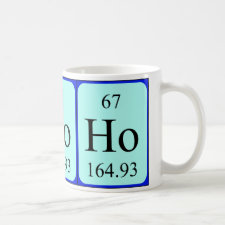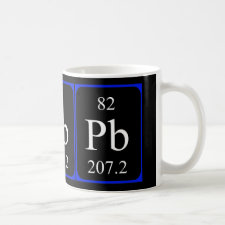
Authors: Zheng XM, Fan RY, Xu ZK
Article Title: Preparation and properties evaluation of Pb(II) ion-imprinted composite membrane.
Publication date: 2012
Journal: Acta Polymerica Sinica
Issue: (5)
Page numbers: 561-570.
Alternative URL: http://www.gfzxb.org/EN/abstract/abstract13609.shtml
Abstract: A novel Pb(II) ion-imprinted composite membrane with microporous polypropylene membrane (MPPM) as support was successfully prepared by covalent surface modification and ion-imprinted technology. Firstly, carboxyl groups (-COOH) were introduced on the MPPM surface by UV-induced grafting polymerization of acrylic acid (AA). Subsequently, chitosan (CTS) was immobilized onto the surface of MPPM base on the reaction of carboxyl groups with amino groups (-NH2) of CTS. Finally, ion-imprinting was realized by coordination bond effects using Pb(II) as template ions and epichlorohydrin (ECH) as crosslinking agents. The preparation process was verified by attenuated total reflectance Fourier transform infrared spectroscopy (ATR-FTIR) and X-ray photoelectron spectroscopy (XPS). The morphologies and elemental distribution of the surface and cross-section of membranes were analyzed by scanning electron microscopy (SEM)-energy dispersive X-ray spectroscopy (EDX). Static water contact angle and pure water flux measurements were also conducted. Results show that the imprinted composite membranes have satisfactory surface hydrophilicity and water flux. When the grafting rate of the Pb(II) ion-imprinted polymer reaches 174.4 μg/cm2, the water flux is 2659 ▒ 58 L/m2Ěh. The adsorption affinity and permeation selectivity of the imprinted composite membranes were evaluated by equilibrium binding experiment and competitive permeation experiment, respectively. The imprinted composite membranes show higher adsorption affinity, faster adsorption rate and better permeation selectivity towards Pb(II) ion than the non-imprinted counterpart, and the permeation selectivity coefficients relative to Cu(II) and Zn(II) are 3.43 and 3.93, respectively.
Template and target information: lead ion, Pb(II)
Author keywords: chitosan, Ion-imprinting, microporous polypropylene membrane, Pb(II), selective separation



Join the Society for Molecular Imprinting

New items RSS feed
Sign-up for e-mail updates:
Choose between receiving an occasional newsletter or more frequent e-mail alerts.
Click here to go to the sign-up page.
Is your name elemental or peptidic? Enter your name and find out by clicking either of the buttons below!
Other products you may like:
 MIPdatabase
MIPdatabase









